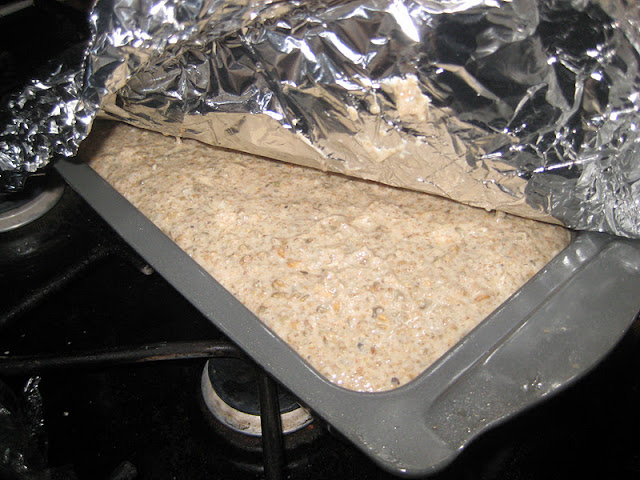The books by Whitley and Lepard remind me of two earlier books that enthused me.
From 1993, one American baker explores the heritage of three European countries - France Italy and Germany and applies them at the Gayle's Bakery, Capitola, California :
There's a hilarious account of a trip chasing down Siegle breads in Central France. What Joe does is learn from the practitioners - and record their technique with admiral respect for his sources. It's a heady mix of techniques: Yeast, Sponge, Old Dough, Porridge, Sourdough at source domestic and then professional levels. Just a little bit overpowering for the amateur, it is worth persisting with and remains a standard available to this day.
and prior to that published in 1973 - my first bread book, the one that set me off. At the time I only had one bread pan (which subsequently I discovered my landlord reserved for feeding his dogs). No baking stone, water spray, baguette trays, let alone breadmaking machine.
It's all there.
Chapter 1. "Down with the Mystique" explores the basic ingredients and the basic science.
Chapter 5. "Sourdough - Trapping the Wild Yeast"
Chapter 7. Rye Bread and Pumpernickel
Floss speaks with the authority of a baking class teacher and all her recipes have been tested out, not only by her classes but also by hubby Stan - who gets his name on the cover as a result. At one point Floss describes her easy knead method: Stan does the kneading.
Both books have all the standards - Sourdough, Rye, Challah, Maize Flour breads that are in all the current books. They have provided the foundation for my breadmaking exploits - recently rekindled by Messrs Whitley and Lapard. I expect they have come across The Village Baker if not it's precursor of 20 years.
Myself, I've still got a soft spot for Floss.





































